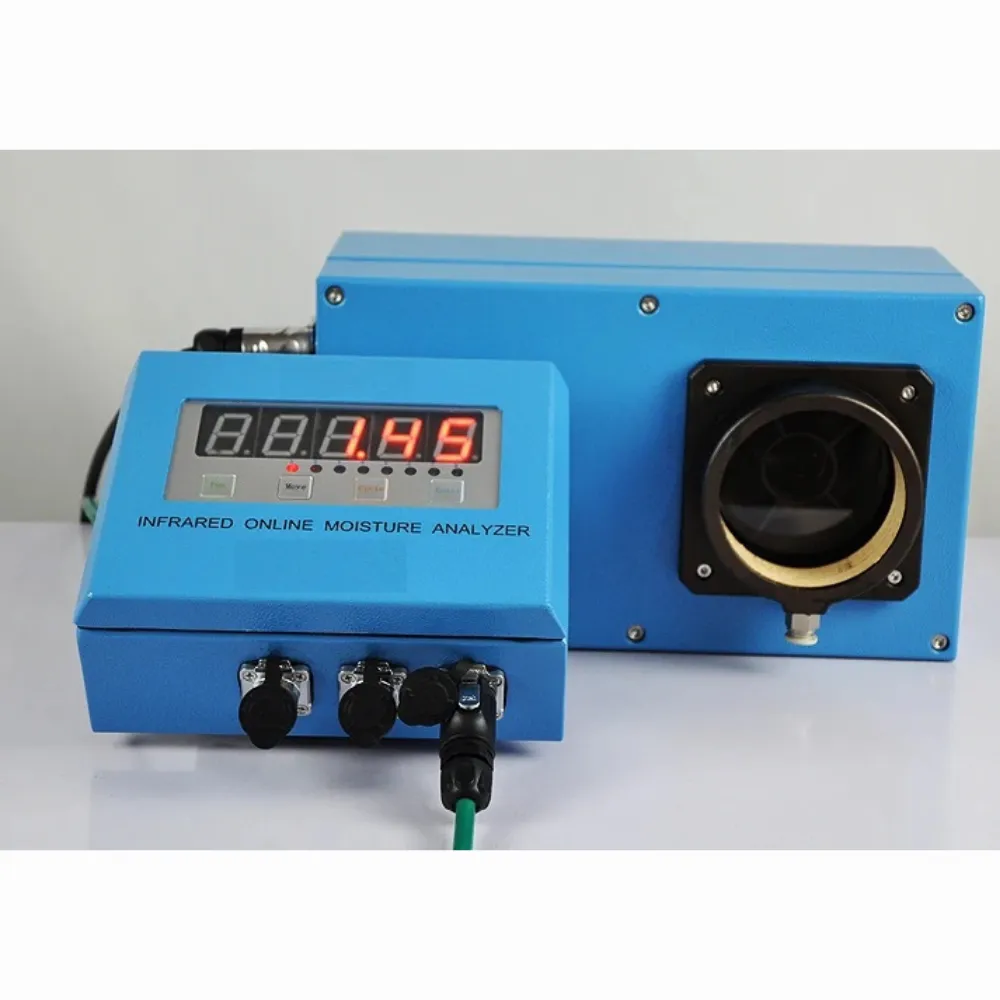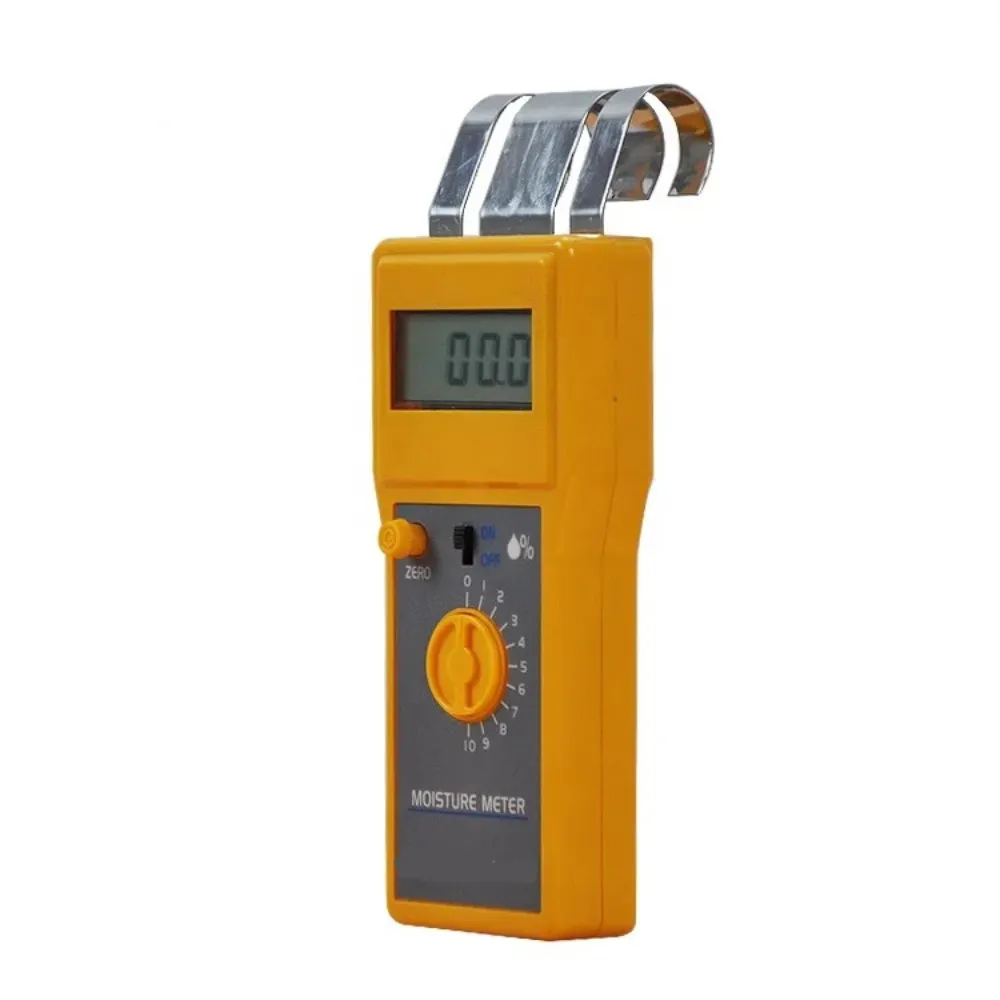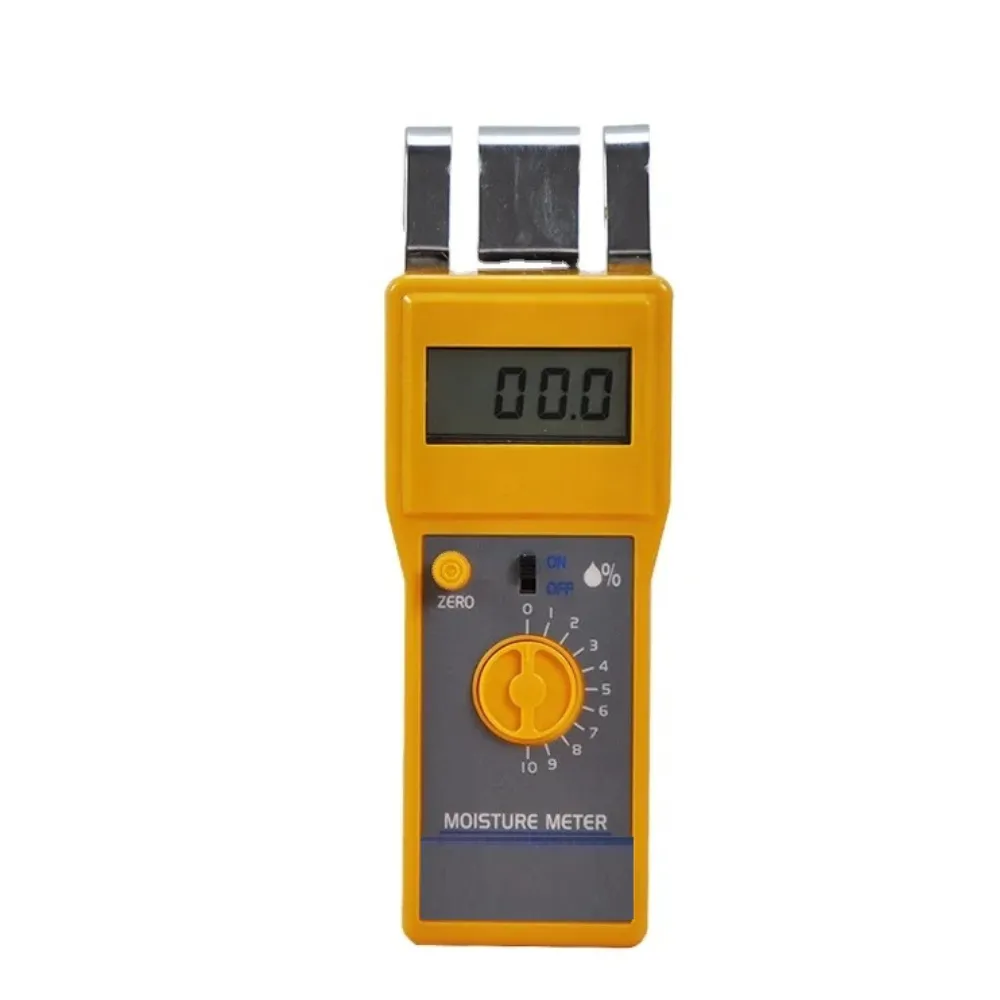
The Role of Textile Moisture Meters in Ensuring Compliance with Industry Standards
Table of Contents
Maintaining the correct moisture content in textiles is vital. High moisture levels can make fabrics stiff and unwieldy, while low moisture can render materials brittle. Ensuring the right balance is crucial for meeting quality standards.
Various organizations, such as the American Association of Textile Chemists and Colorists (AATCC) and the International Organization for Standardization (ISO), establish guidelines for textile moisture content. Compliance with these standards is necessary for manufacturers to ensure their products meet required performance levels.
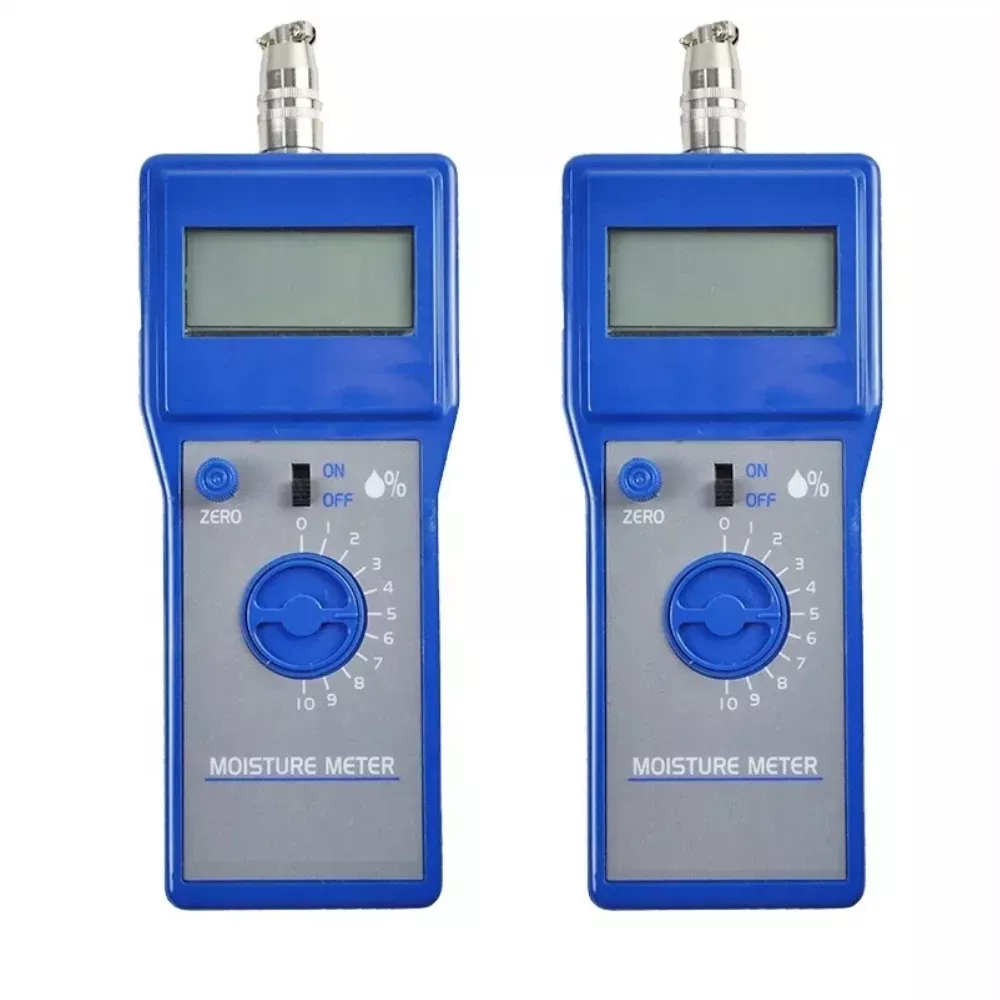
How Textile Moisture Meters Work
Textile moisture meters operate by measuring the electrical conductivity of the material, which correlates directly with moisture content. A small electrical current is sent through the textile, and the resistance encountered is measured. This relationship allows for accurate moisture content calculations.
The Importance of Calibration
Regular calibration of textile moisture meters is crucial for ensuring precision. Calibration involves adjusting the device to align with established standards, maintaining the accuracy and reliability of measurements essential for compliance.
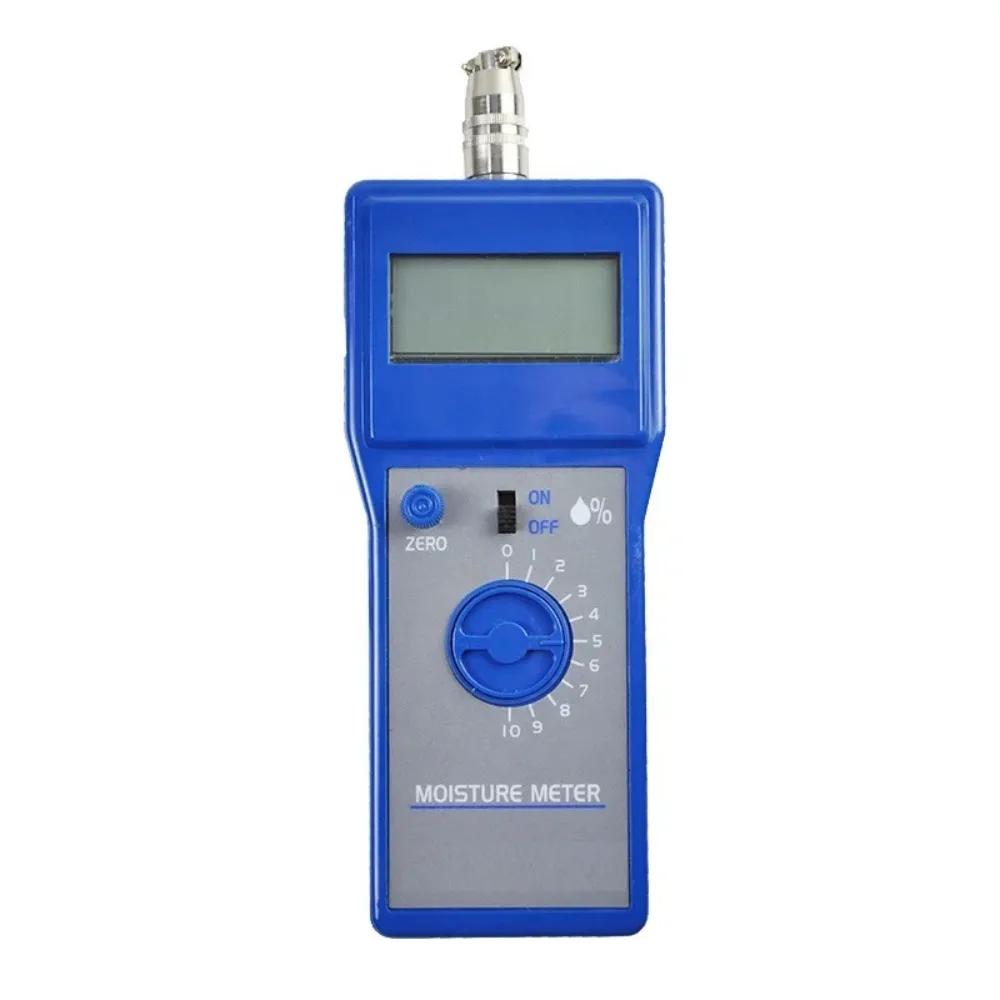
Monitoring During Production
Textile moisture meters are also vital in monitoring moisture content throughout the manufacturing process. If measurements indicate excessive moisture, manufacturers can adjust drying processes accordingly, ensuring the final product meets the required standards.
Conclusion
In summary, textile moisture meters play a critical role in ensuring compliance with industry standards. By providing accurate measurements of moisture content, they help manufacturers produce high-quality textiles that meet necessary performance criteria. Regular use and calibration of these devices are essential for maintaining compliance and ensuring product integrity.

